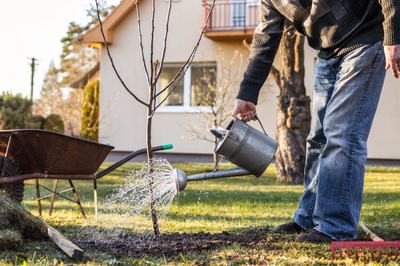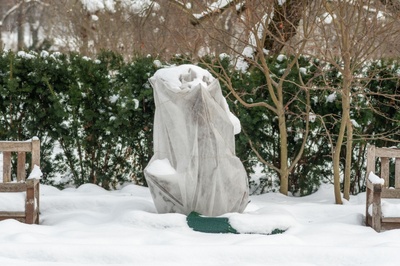In the world of indoor gardening, the topic of cutting or pruning houseplants often raises questions and uncertainties. Do our leafy companions truly benefit from the occasional trim, or is it an unnecessary intervention? In this exploration, we'll unravel the mysteries surrounding cutting houseplants, understanding the reasons behind this practice and discovering the potential benefits it can bring to the health and aesthetics of our indoor greenery.

The Purpose of Pruning
Pruning or cutting houseplants serves several purposes, each contributing to the overall well-being of the plant. Firstly, it helps manage the size and shape of the plant, preventing it from becoming too leggy or unruly. Secondly, removing dead or yellowing leaves promotes a cleaner, more attractive appearance and redirects the plant's energy towards healthier growth. Additionally, pruning encourages the development of bushier, more robust foliage by stimulating dormant buds. Understanding the purpose behind pruning empowers us to approach it as a thoughtful and beneficial practice rather than an arbitrary task.

Promoting Growth and Vigour
Regular cutting or pruning can act as a catalyst for new growth, invigorating the plant and promoting a more robust structure. By selectively removing certain stems or branches, we encourage the plant to allocate resources towards the remaining healthy parts, resulting in denser foliage and a more compact shape. This process mimics the natural growth patterns of many plants and, when done correctly, can breathe new life into our indoor green companions, fostering a lush and thriving environment.

When to Cut and How to Do It Right
Timing and technique are crucial when it comes to cutting houseplants. Consider pruning during the growing season, typically spring or early summer, when plants are actively putting forth new growth. Use clean, sharp scissors or pruning shears to make precise cuts, avoiding unnecessary damage to the plant. Focus on removing dead or damaged foliage, leggy stems, or any growth that hinders the plant's overall symmetry. Each cut should be made just above a leaf node or bud, promoting healthy regrowth. By mastering the art of strategic pruning, we can maintain the beauty and vitality of our indoor botanical companions.
In the journey of nurturing indoor plants, the decision to cut or not to cut is a nuanced one. As we embrace the purposeful act of pruning, we uncover the potential benefits it brings to the growth and vigour of our houseplants. Should you find yourself pondering the shears, remember that cutting, when done thoughtfully, is a gesture of care, enhancing both the aesthetic appeal and overall health of your indoor greenery. For personalised advice on when and how to prune your specific houseplants, visit our centre. Our experts are here to guide you on the path to a thriving and beautifully pruned indoor garden. Happy pruning!





